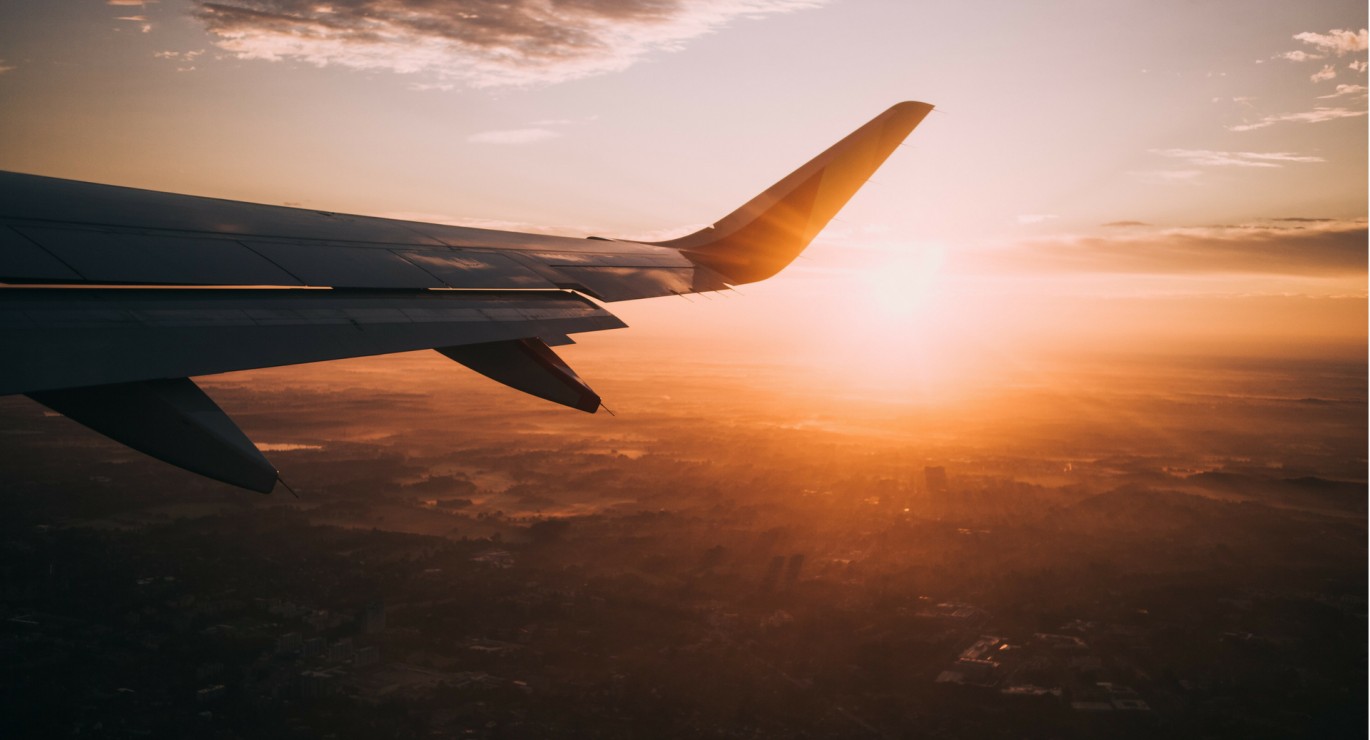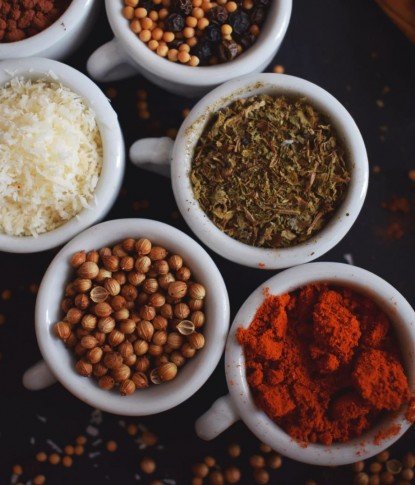
Whether you’re off on a long-haul holiday or heading abroad for work, you probably have plenty on your travel checklist – passport, visas, outfits, chargers… But there’s one thing many travellers overlook: what you eat before and during your flight can impact how you feel in the air and even your risk of health issues like DVT.
From circulation support to reducing bloating and fatigue, here’s how to fuel your body for healthier, more comfortable flying.
✈️ Why food matters when you fly
Sitting for long periods, especially on long-haul flights, can slow down circulation and increase your risk of deep vein thrombosis (DVT), a type of blood clot that most commonly affects the legs. While the risk is low for most people, what you eat can support better blood flow, hydration, and energy throughout your journey.
✅ What to eat before you fly
🐟 Oily fish
Omega-3 fatty acids help reduce blood stickiness and support healthy circulation. Aim for 2–4 portions per week of:
- Salmon
- Sardines
- Mackerel
- Herring
- Fresh tuna
Note: If you’re pregnant, breastfeeding, or trying to conceive, stick to no more than 2 portions a week.
🧄 Raw garlic
Garlic may have natural blood-thinning properties, but it works best when it’s raw or lightly cooked. Add freshly crushed garlic to dressings, sauces, or as a topping just before serving.
🫘 Beans, lentils & leafy greens
These are rich in folate, which can help reduce homocysteine levels (an amino acid linked to higher DVT risk).
Also try:
- Dark green vegetables
- Lentils and chickpeas
- Berries, especially blueberries and blackberries
🥑 Avocado & foods high in Vitamin E
Vitamin E helps support circulation. Snack on:
- Avocados
- Sunflower seeds
- Almonds
- Raw spinach
❌ What to avoid pre-flight
- Excess salt, sugar, and saturated fat can increase inflammation and blood viscosity
- Heavy or greasy meals that may lead to sluggish digestion and bloating
Opt for lighter, whole-food meals in the 24 hours before your flight.
🧳 What to eat during your flight
🌶️ Chilli or spicy additions
Spices like chilli can stimulate circulation. If you can, add a dash of Tabasco or choose meals with mild spice to help keep blood flowing.
🍽️ Smaller portions
Airplane meals can be heavy, so eat light, eat slowly, and eat often.
Tip: Ordering the vegetarian or vegan option often gets you a lighter, more digestion-friendly meal.
💧 Plenty of water
Cabin air is dry, and dehydration can make hangover-style symptoms and DVT risk worse.
-
Drink at least one cup of water per hour
-
Bring a refillable water bottle if allowed
-
Add electrolyte tablets (no sugar) for extra hydration
🚫 What to avoid in-flight
- Alcohol – dehydrates and dilates blood vessels
- Caffeine – can lead to dehydration and jitteriness
- Salty snacks – like airline peanuts or pretzels
Stick to water, herbal tea, and light, low-salt snacks.
🔍 What is DVT?
Deep Vein Thrombosis (DVT) is a blood clot that forms in a deep vein, usually in the leg. It’s sometimes nicknamed “economy-class syndrome” because it can be triggered by sitting still for long periods, like on a plane journey.
DVT symptoms may include:
- Swelling in the leg or calf
- Pain or tenderness
- Warmth or redness around the affected area
Although rare, DVT can be serious if the clot travels to your lungs, causing a pulmonary embolism.
Should you be worried?
For most people, DVT risk during a short-haul flight is low, about 1 in 6,000 on flights under 4 hours. But if you’re flying long-haul, have a history of DVT, or are at higher risk (e.g. recent surgery, pregnancy, or certain medical conditions), speak with your GP.
You can also learn more at TravelHealthPro.
What you eat before and during a flight won’t just affect your comfort; it can support energy, circulation, and recovery once you land. Eat smart, hydrate well, and move your legs regularly in-flight for a healthier travel experience.




